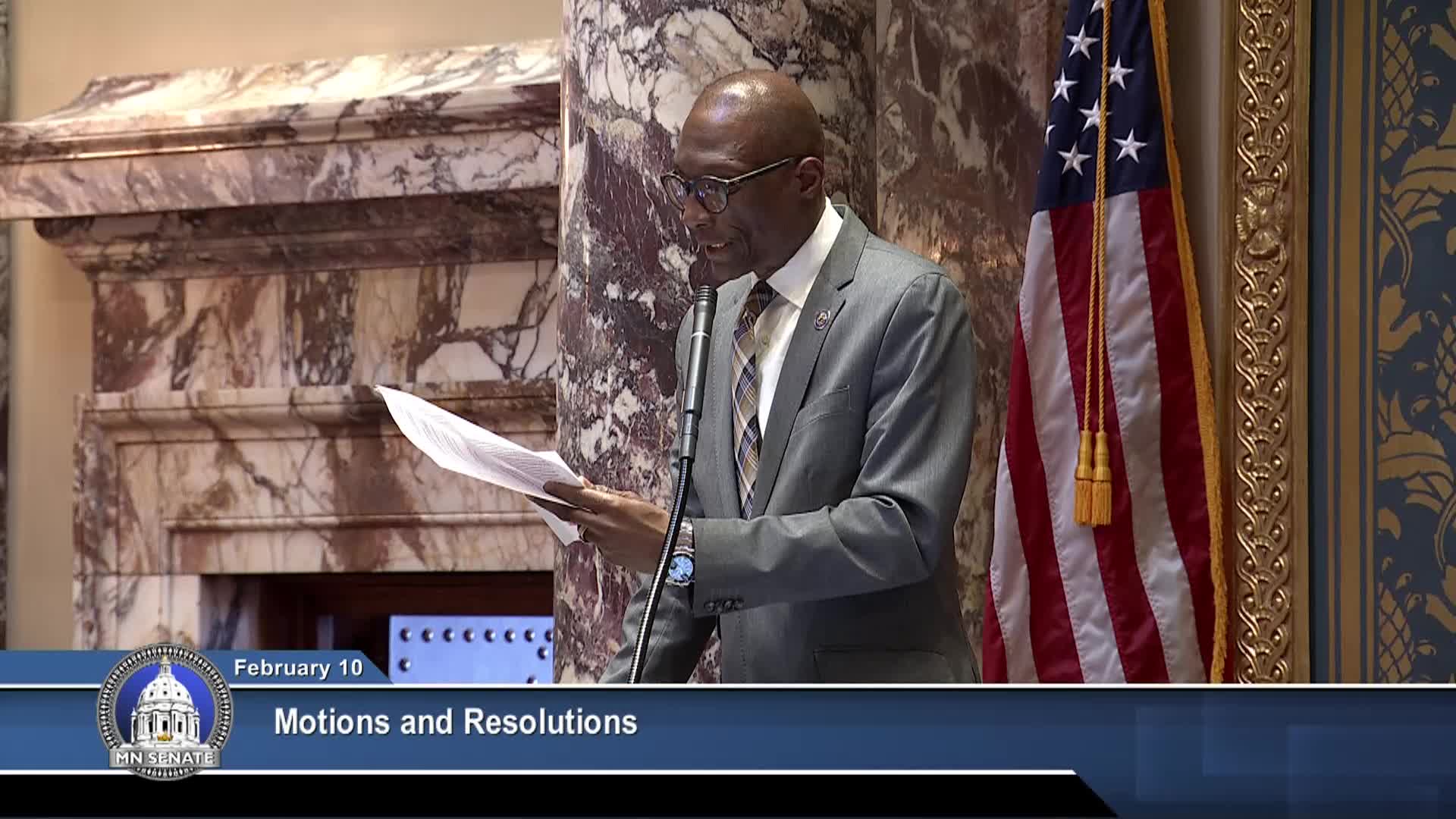Senate approves narrow Read Act fix to allow reduced instructional hours for teacher training
February 10, 2025 | 2025 Legislature MN, Minnesota
This article was created by AI summarizing key points discussed. AI makes mistakes, so for full details and context, please refer to the video of the full meeting. Please report any errors so we can fix them. Report an error »

Senators on Monday passed Senate File 334, a limited amendment to the Read Act that lets school districts reduce instructional hours in the 2025–26 school year to make time for teacher training required by the Read Act.
The bill, presented by Senator Maquade, was advanced as a ‘‘short and simple’’ piece of the larger literacy law. ‘‘This bill would allow districts to reduce instructional hours for students in the 2526 school year in order to make time for teacher training that is required by the REED Act,’’ Maquade said on the floor. She offered the A2 amendment to clarify which provisions apply to which schools; the amendment was adopted on a voice vote.
Senator Maquade said the change is agreed to by the Read Act coalition and is intended to be a narrow, urgent fix rather than a comprehensive rewrite. ‘‘Before you today is a very short and simple bill that we pass out of the education policy committee. This is not all of the REED Act for 2025. It is but a very important, urgent, and small piece of it,’’ she said. On the floor, Maquade explained the A2 amendment specifies the instructional-hours reduction applies to secondary schools only for the 2025–26 school year.
Senators discussed options for additional flexibility and expressed support for further work with districts and educators to expand training options. Senator Duckworth and others noted the importance of offering districts more options beyond the hours currently available. After the A2 amendment was adopted, the bill was read for third consideration and passed as amended; the secretary announced passage following the role call procedure.
The change applies only to the limited period and scope described in the bill language and adopted amendment; it does not represent a comprehensive change to the Read Act beyond the narrow instructional-hours provision for 2025–26.
Looking ahead, sponsors said they will continue discussions with districts and regional partners on implementation and additional flexibility options for educators.
The bill, presented by Senator Maquade, was advanced as a ‘‘short and simple’’ piece of the larger literacy law. ‘‘This bill would allow districts to reduce instructional hours for students in the 2526 school year in order to make time for teacher training that is required by the REED Act,’’ Maquade said on the floor. She offered the A2 amendment to clarify which provisions apply to which schools; the amendment was adopted on a voice vote.
Senator Maquade said the change is agreed to by the Read Act coalition and is intended to be a narrow, urgent fix rather than a comprehensive rewrite. ‘‘Before you today is a very short and simple bill that we pass out of the education policy committee. This is not all of the REED Act for 2025. It is but a very important, urgent, and small piece of it,’’ she said. On the floor, Maquade explained the A2 amendment specifies the instructional-hours reduction applies to secondary schools only for the 2025–26 school year.
Senators discussed options for additional flexibility and expressed support for further work with districts and educators to expand training options. Senator Duckworth and others noted the importance of offering districts more options beyond the hours currently available. After the A2 amendment was adopted, the bill was read for third consideration and passed as amended; the secretary announced passage following the role call procedure.
The change applies only to the limited period and scope described in the bill language and adopted amendment; it does not represent a comprehensive change to the Read Act beyond the narrow instructional-hours provision for 2025–26.
Looking ahead, sponsors said they will continue discussions with districts and regional partners on implementation and additional flexibility options for educators.
View full meeting
This article is based on a recent meeting—watch the full video and explore the complete transcript for deeper insights into the discussion.
View full meeting
